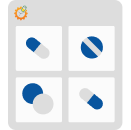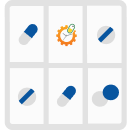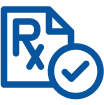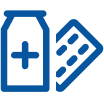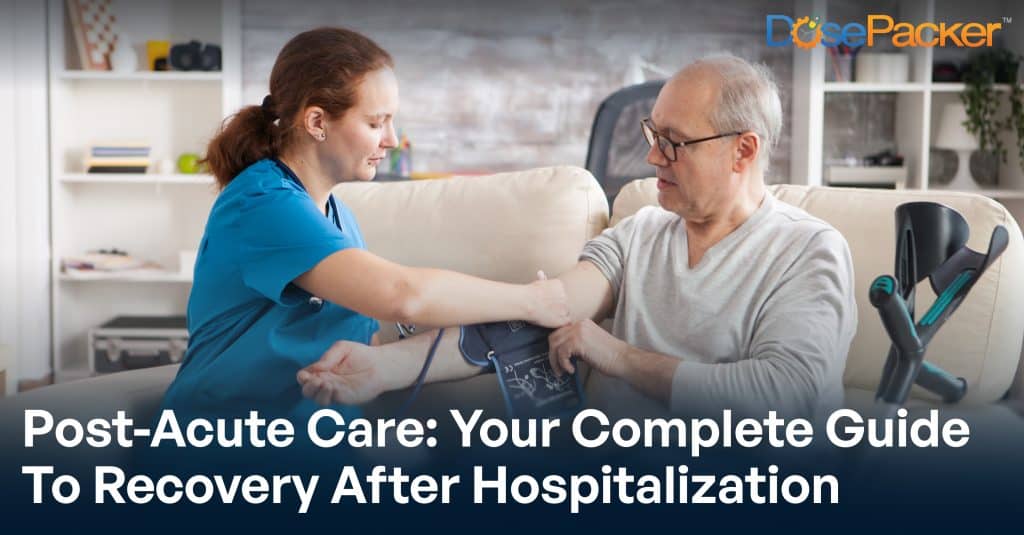Unlock the latest in medication management technology and grow your care community with us.
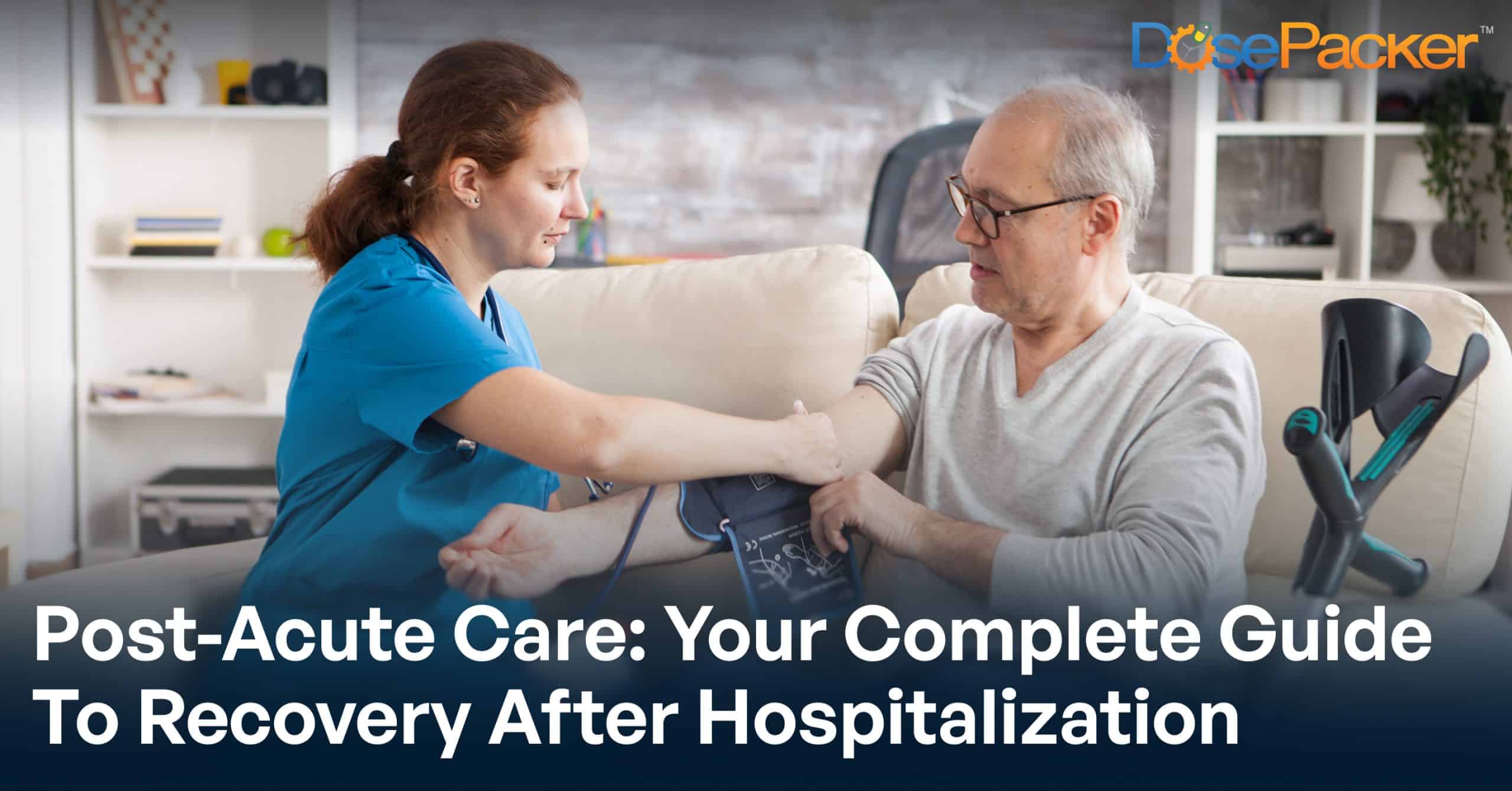
You’re standing in a hospital room, discharge papers clutched in one hand, while a case manager rattles off acronyms: “SNF,” “IRF,” “LTCH,” and “post-acute care.” Your head is spinning. Sound familiar?
Here’s the truth: understanding post-acute care options doesn’t require a medical degree. Whether you’re recovering from hip surgery, managing a stroke, or helping a parent navigate their healthcare journey, knowing which level of care fits your situation can make all the difference.
Let’s break down what these options actually mean and, more importantly, which one makes sense for your unique recovery goals.
What Is Post-Acute Care? The Big Picture
Post-acute care is the umbrella term for the medical services and support you might need after leaving the hospital, but before you’re ready to manage on your own. Think of it as the bridge between acute hospital care and independent living.
The numbers tell the story: the U.S. post-acute care market was valued at $472.9 billion in 2024 and is projected to grow at 6.3% annually through 2034, reflecting the growing demand for these transitional services.
Post-acute care isn’t a single thing; it’s a spectrum of options tailored to your specific recovery needs. Some people need intensive daily therapy. Others require complex medical management. Still others can recover at home with periodic nursing visits.
The key is understanding that post-acute care comes in different forms, each designed for specific situations.
The Four Main Types Of Post-Acute Care
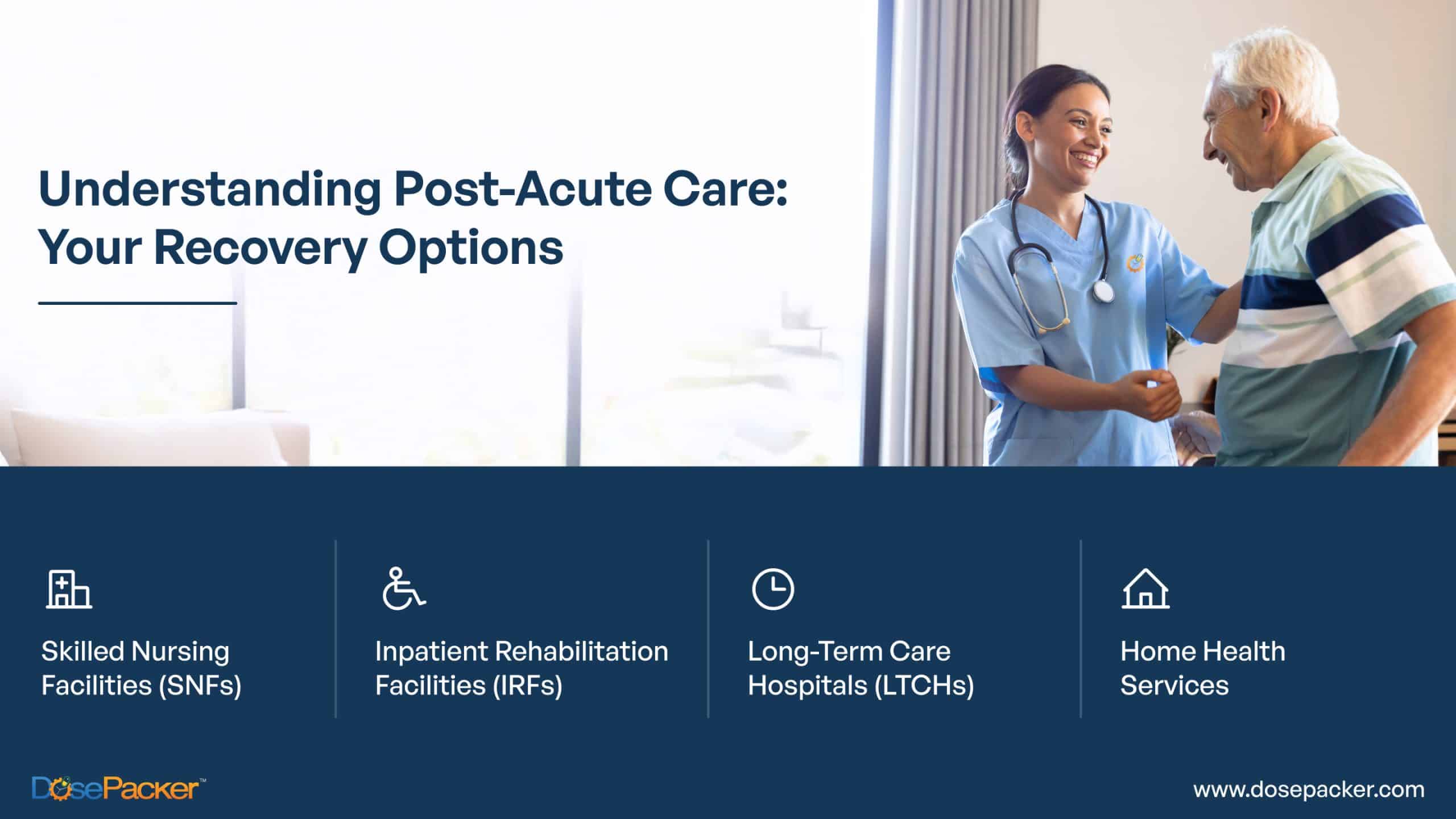
1. Skilled Nursing Facilities (SNFs): The Most Common Choice
Skilled Nursing Facilities represent the most common post-acute care option, accounting for approximately 62.23% of the market. Here’s why so many people end up in SNFs: they offer the perfect balance of medical supervision and rehabilitation services.
What makes SNFs unique:
The defining feature is 24-hour nursing care provided by licensed nursing staff. Someone is always there to manage IV medications, monitor complex wounds, handle feeding tubes, or respond to medical emergencies.
But SNFs aren’t just about medical care. They also provide rehabilitation therapy, such as physical, occupational, and speech therapy, integrated into your daily routine. You’re not spending five hours in the gym like you might at an intensive rehab facility, but you’re getting consistent therapy alongside medical monitoring.
Duration flexibility:
Here’s something many people don’t realize: SNFs can serve both short-term and long-term needs. You might spend three weeks in an SNF after knee replacement surgery and then go home. Or you might transition to long-term care if your medical complexity requires ongoing 24/7 nursing support.
In fiscal year 2025, the Centers for Medicare & Medicaid Services announced a 4.2% increase in Medicare payments to SNFs, reflecting the growing demand and complexity of care these facilities provide.
Medication Management: A Critical Safety Component
One often-overlooked aspect of skilled nursing care is medication management, and it’s more critical than most people realize. Research by the Office of Inspector General found that one in three skilled nursing facility beneficiaries experienced an adverse event or temporary harm within the first 35 days of their stay, with 37% of these events related to medication errors. Even more striking? Approximately 60% of those adverse events were deemed preventable.
Modern solutions are addressing this challenge head-on. For instance, DosePacker’s multi-dose compliance packaging with dose-level QR codes and color-coded labels helps SNFs reduce medication administration errors by over 90% during med-pass preparation. According to facility administrators using these systems, staff can now administer medications more quickly and accurately, drastically reducing time spent on manual tasks like pouring and popping pills.
For facilities looking to modernize their medication management approach, DosePacker’s comprehensive solutions include intelligent med carts, community management software, and compliance packaging that transform how care is delivered.
Learn more at dosepacker.com.
2. Inpatient Rehabilitation Facilities (IRFs)
If SNFs are the Swiss Army knife of post-acute care, IRFs are the specialized power tool. These facilities exist for one purpose: intensive, goal-driven rehabilitation.
What sets IRFs apart:
IRFs require patients to participate in at least three hours of therapy daily, usually five days per week. That’s significantly more intensive than what you’ll find in a typical SNF. Physical therapists, occupational therapists, and speech therapists become your daily companions, pushing you toward specific functional goals.
Who belongs in an IRF:
You need to be medically stable enough to tolerate this intensive therapy schedule. IRFs typically serve people recovering from:
- Stroke
- Spinal cord injuries
- Major orthopedic surgeries (hip/knee replacements, multiple fractures)
- Brain injuries
- Amputations
The timeline:
Most people spend two to four weeks in an IRF. The entire program revolves around discharge planning from day one. The question guiding everything: “How do we get you home functioning independently?”
3. Long-Term Care Hospitals (LTCHs):
LTCHs occupy a specialized niche in post-acute care; they’re for patients who remain medically complex and unstable after an acute hospital stay but don’t need ICU-level care.
When LTCHs make sense:
These facilities handle situations like:
- Prolonged ventilator dependence (weaning from breathing machines)
- Complex wound care requiring daily specialized treatment
- Multiple organ system failure requiring close monitoring
- Severe infections that need weeks of IV antibiotics
The key difference:
While SNFs provide 24-hour nursing care, LTCHs provide hospital-level physician oversight and more intensive medical intervention. You’re not just being monitored – you’re receiving active medical treatment for severe, ongoing conditions.
4. Home Health Services
Home health represents the least intensive option in the post-acute care spectrum, but don’t confuse “less intensive” with “less valuable.” For many people, recovering at home with professional support is precisely what they need.
What home health provides:
Licensed nurses and therapists come to your home on a scheduled basis, typically a few times per week. They might:
- Check vital signs and assess your condition
- Provide wound care or IV medication administration
- Conduct physical or occupational therapy sessions
- Teach you and your caregivers how to manage your condition
Home health works best when:
- You’re medically stable but need skilled nursing visits
- You have a safe home environment and caregiver support
- You can manage between professional visits
- Your therapy needs are moderate (not requiring 3+ hours daily)
Medicare Coverage: What You Need to Know
Money matters. Here’s the financial reality based on official 2025 Medicare guidelines:
The 2025 Cost Breakdown For SNFs:
Days 1-20: Medicare covers 100% of costs after you’ve paid the Part A deductible of $1,676 (if not already paid during your hospital stay)
Days 21-100: You pay a daily coinsurance of $209.50, which adds up to potentially $16,760 over this period
Days 101 and beyond: Medicare coverage ends, you’re responsible for all costs unless you have supplemental insurance
Important qualifying criteria:
- You need a qualifying three-day inpatient hospital stay
- Your doctor must certify that you need daily skilled care
- You must be admitted within 30 days of hospital discharge (some exceptions apply)
- You must show ongoing progress toward recovery goals
Many people don’t realize that the clock resets. If you return to the hospital for three days after leaving a SNF or IRF, you can qualify for another 100-day benefit period. Understanding this can significantly impact your financial planning.
Important Note: Some Medicare Advantage plans may waive the 3-day hospital stay requirement, so always check with your plan.
Coverage For Home Health:
Medicare covers home health without requiring a hospital stay if your doctor certifies you’re homebound and need intermittent skilled nursing or therapy. There’s no copayment for home health services, but you pay 20% of the Medicare-approved amount for durable medical equipment.
The Role Of Technology In Modern Post-Acute Care
Today’s post-acute care facilities, especially SNFs, are increasingly adopting technology to improve outcomes. Solutions like DosePacker’s CareCommunityOS, an all-in-one care community software, enable staff to manage resident profiles, medications, documents, and more efficiently. Facilities report that these integrated systems decrease medication administration time by more than 50%, allowing caregivers to focus more on patient care and less on paperwork.
This technological advancement is particularly crucial given the medication safety challenges the industry faces. When choosing an SNF, asking about their medication management systems can give you insight into their commitment to patient safety and quality care.
Questions To Ask When Evaluating Facilities
Choosing recovery care feels daunting, but you absolutely should ask tough questions:
About The Facility Type and Appropriateness
- Based on my medical needs, which type of post-acute care setting do you recommend and why?
- If you’re an SNF, do you have specialized rehabilitation wings similar to IRF-level intensity?
- What happens if my needs change? Can you accommodate, or will I need to transfer?
About Staffing And Quality Of Care
- What’s your nurse-to-patient ratio during different shifts?
- How many hours of therapy will I receive daily?
- Are therapists in-house or contracted?
- What’s your track record with successful discharges home?
- What medication management systems do you use?
About The Recovery Process:
- How does your discharge planning process work?
- Can family members participate in therapy sessions?
- What happens if I’m not progressing as expected?
- Do you coordinate with my primary care doctor?
- How do you prevent medication errors?
About Practical Matters
- Which insurance plans do you accept?
- Can I tour the facility before committing?
- What’s your visitor policy?
- Are private rooms available, and what’s the cost difference?
Trust your gut. The best licensed nursing staff in the world won’t help if the facility feels wrong to you. Recovery requires mental comfort as much as physical care.
You can check facility quality ratings through Medicare’s Care Compare website.
Making Your Decision
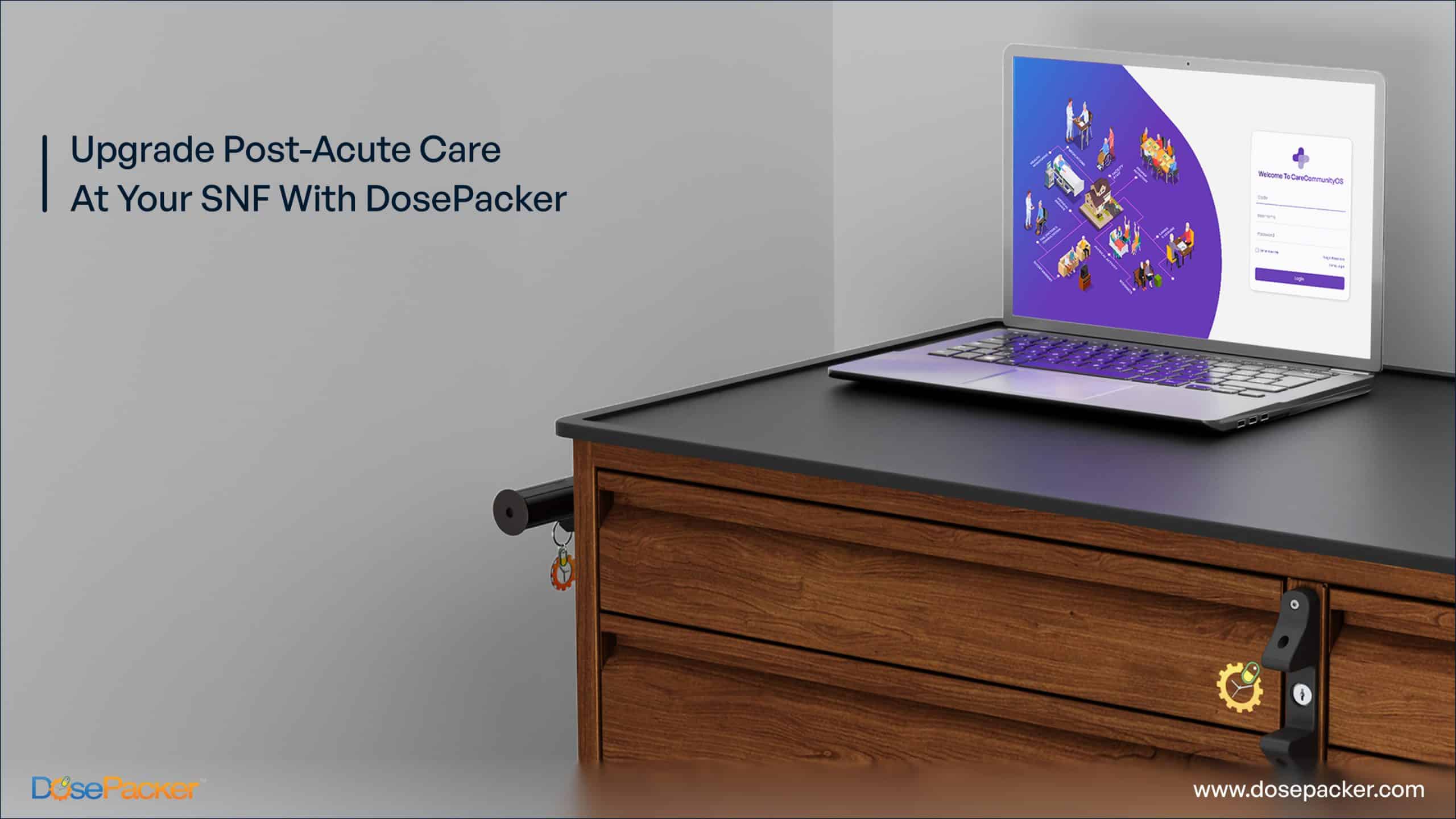
Understanding post-acute care options doesn’t have to feel overwhelming. Strip away the medical jargon, and you’re really asking: “What do I need to heal safely?”
For most people bouncing back from surgery or acute illness who are medically stable, IRFs offer the fastest, most intensive route home. When medical complexity enters the picture, multiple medications, wound care, unstable conditions, SNFs provide that perfect balance of medical supervision alongside rehabilitation.
For those with serious, ongoing medical instability, LTCHs bridge the gap until you’re ready for SNF-level care. And for people with sound support systems and moderate needs, home health lets you recover in familiar surroundings.
You’re not locked into anything forever. Recovery is a journey with checkpoints, not a one-way street. Many people start in an LTCH, transfer to an SNF, and then finish with home health. Start with what makes sense today, communicate openly with your care team, and adjust as your needs change.
Important Note: This article provides general information and should not replace professional medical advice. Always consult healthcare providers and discharge planners for personalized recommendations tailored to your specific situation.

